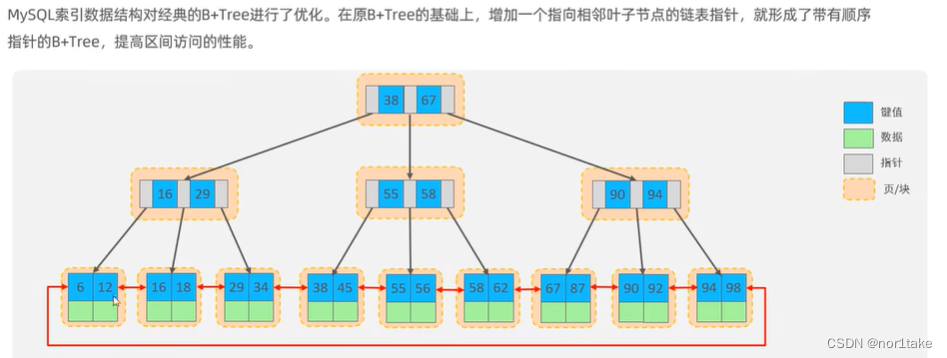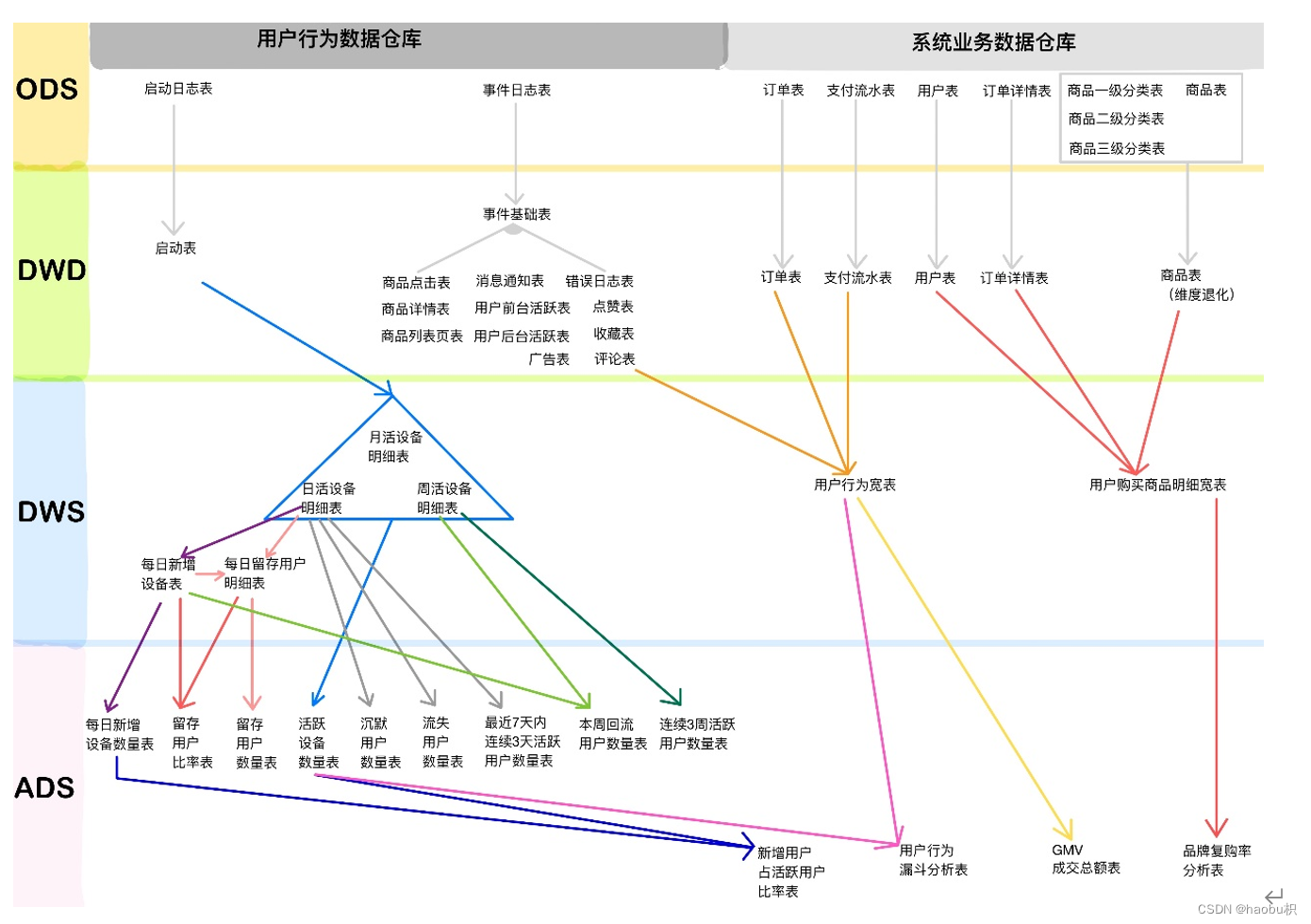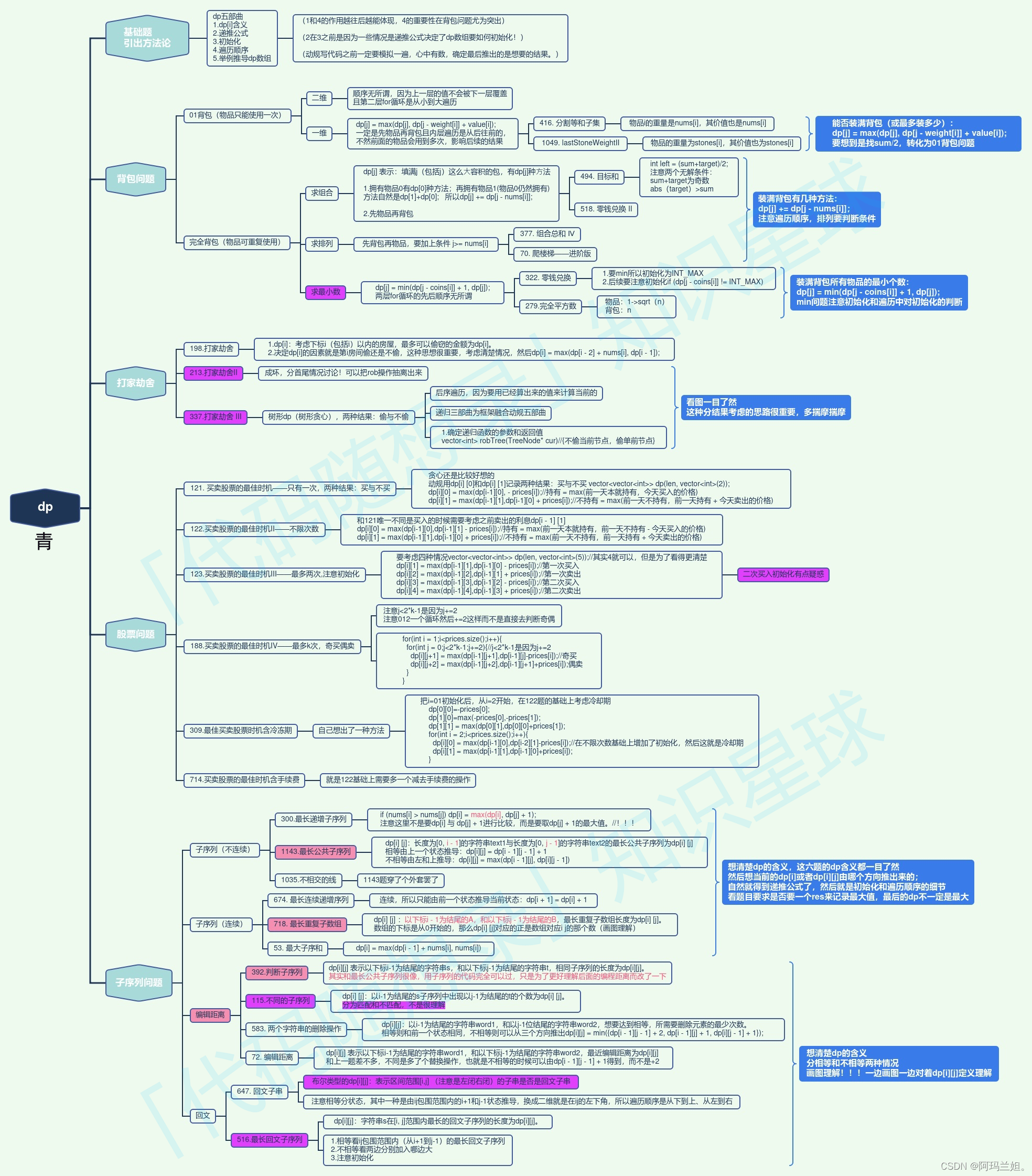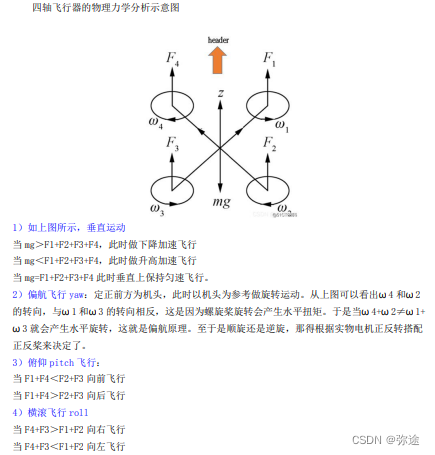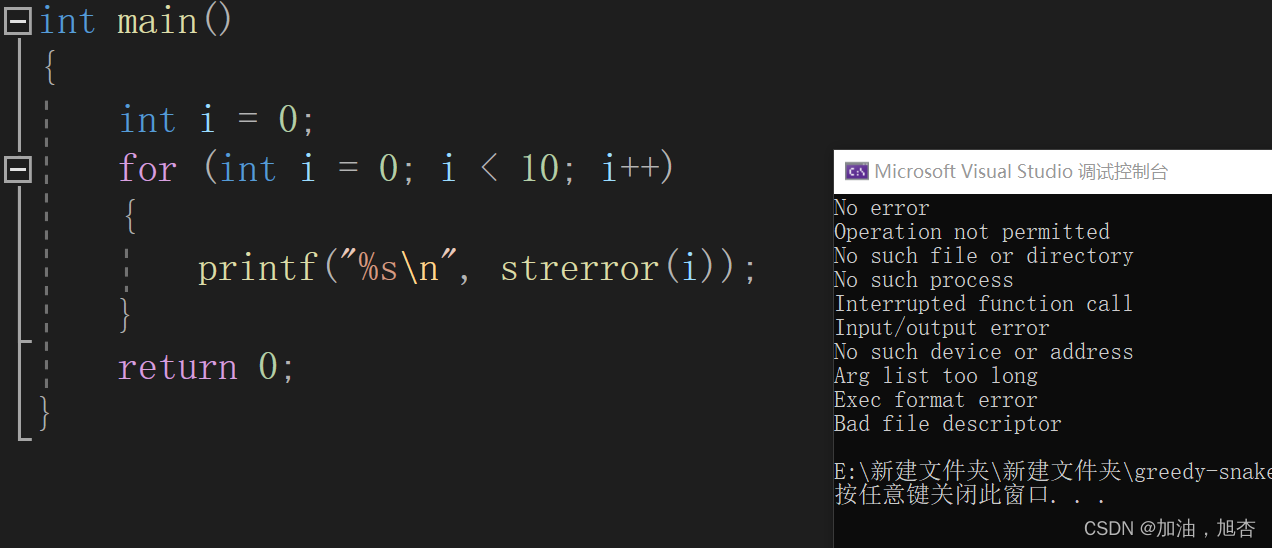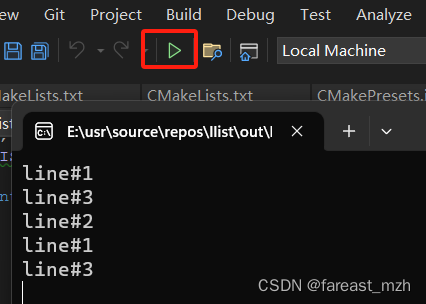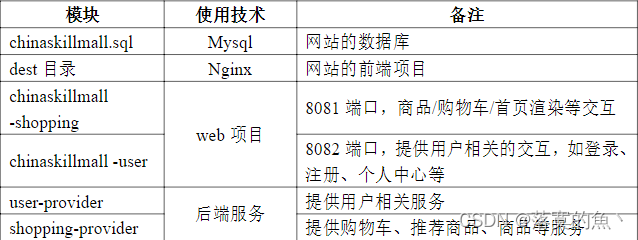比较不同计数器的运算方式,其中有一个数是延迟打一拍的效果,目的是使得两个计数器的结果相同。
- 1,第一种
- 2,第二种
- 3,第三种
第三种方案,完成实现。
1,第一种
(1)RTL
module c(
input clk,
input rst_n,
// input a,
// input b,
output cnt1,
output cnt2
);reg [4:0] cnt1, cnt2;
always@(posedge clk or negedge rst_n) beginif(!rst_n) begincnt1 <= 0;cnt2 <= 0;endelse if(cnt1 <= 16) begincnt1 <= cnt1 + 1;cnt2 <= cnt1; endelse begincnt1 <= 0;cnt2 <= 0;end
endendmodule(2)TB
module tb_c;
reg clk;
reg rst_n;
wire [4:0] cnt1;
wire [4:0] cnt2;always #10 clk = ~clk;initial beginclk = 1; rst_n =1;#20; rst_n = 0;#40; rst_n = 1; end c uu(
.clk(clk),
.rst_n(rst_n),
.cnt1(cnt1),
.cnt2(cnt2)
);endmodule(3)仿真

2,第二种
(1)RTL
module c(
input clk,
input rst_n,
// input a,
// input b,
output cnt1,
output cnt2
);reg [4:0] cnt1, cnt2;
always@(posedge clk or negedge rst_n) beginif(!rst_n) begincnt1 <= 0;cnt2 <= 0;endelse if(cnt2 <= 16) begincnt1 <= cnt1 + 1;cnt2 <= cnt1; endelse begincnt1 <= 0;cnt2 <= 0;end
endendmodule(2)TB
module tb_c;
reg clk;
reg rst_n;
wire [4:0] cnt1;
wire [4:0] cnt2;always #10 clk = ~clk;initial beginclk = 1; rst_n =1;#20; rst_n = 0;#40; rst_n = 1; end c uu(
.clk(clk),
.rst_n(rst_n),
.cnt1(cnt1),
.cnt2(cnt2)
);endmodule(3)仿真

3,第三种
(1)RTL
module c(
input clk,
input rst_n,
// input a,
// input b,
output cnt1,
output cnt2
);reg [4:0] cnt1, cnt2;
// 1
always@(posedge clk or negedge rst_n) beginif(!rst_n) begincnt1 <= 0;endelse if(cnt1 < 16) begincnt1 <= cnt1 + 1; // 1endelse begincnt1 <= 0;end
end// 2
always@(posedge clk or negedge rst_n) beginif(!rst_n) begincnt2 <= 0;endelse if(cnt2 < 16) begincnt2 <= cnt1; // 0endelse begincnt2 <= 0;end
endendmodule(2)TB
module tb_c;
reg clk;
reg rst_n;
wire [4:0] cnt1;
wire [4:0] cnt2;always #10 clk = ~clk;initial beginclk = 1; rst_n =1;#20; rst_n = 0;#40; rst_n = 1; end c uu(
.clk(clk),
.rst_n(rst_n),
.cnt1(cnt1),
.cnt2(cnt2)
);endmodule(3)仿真

